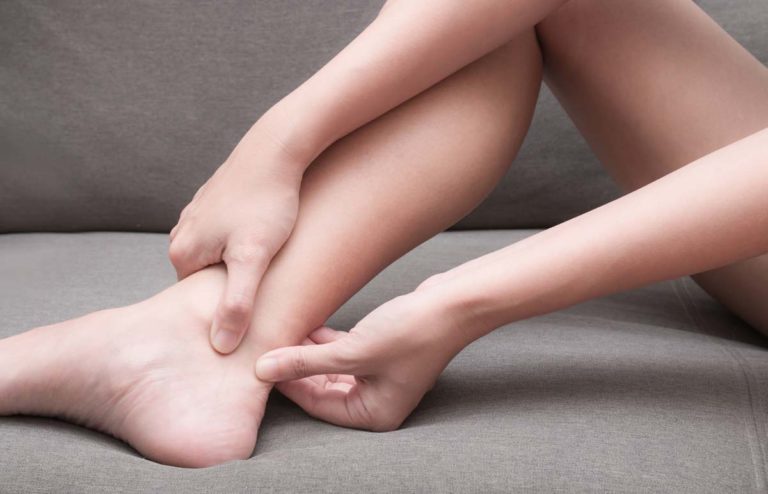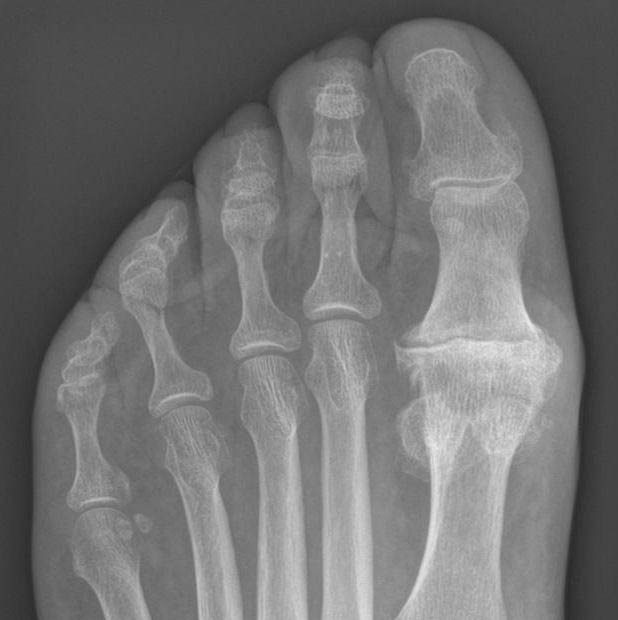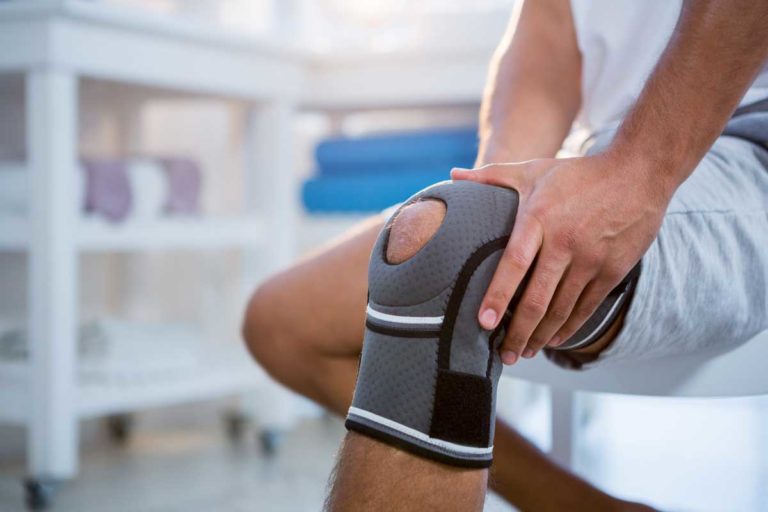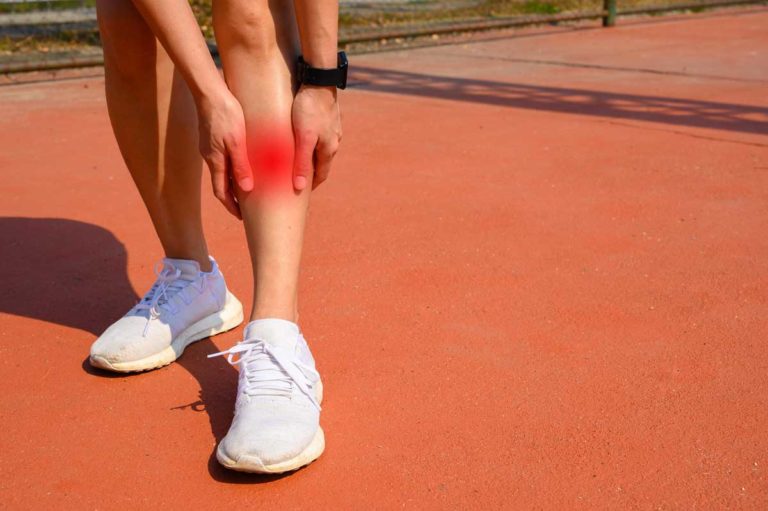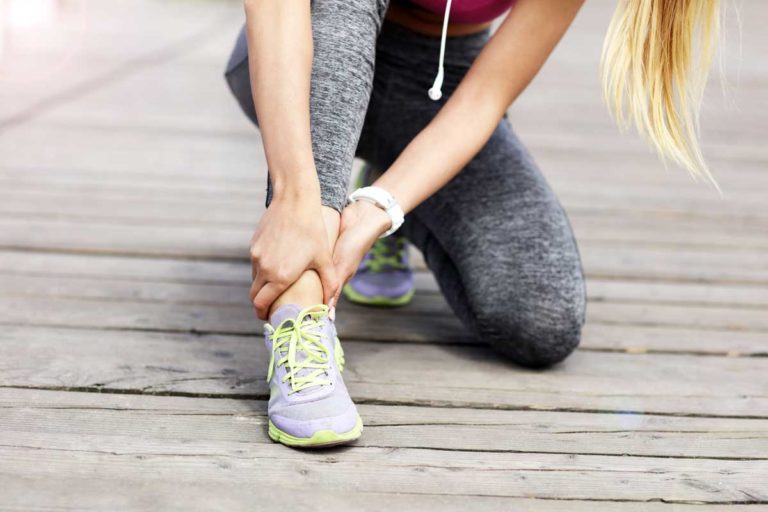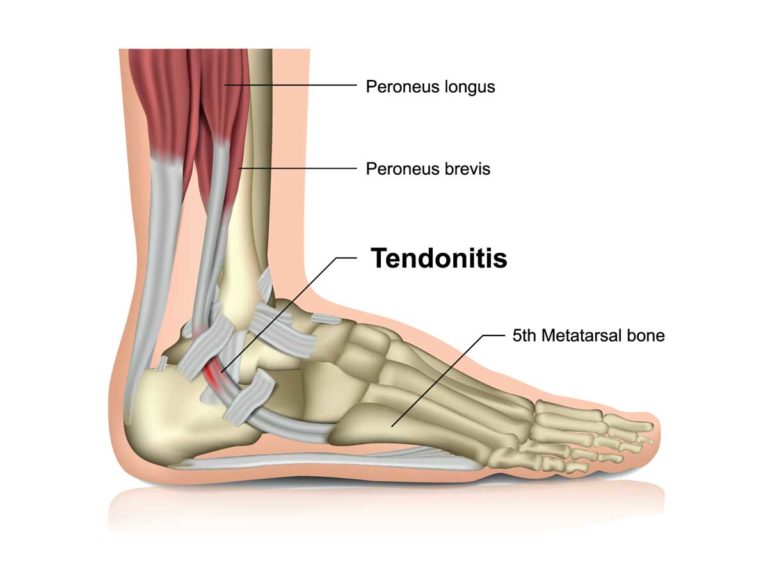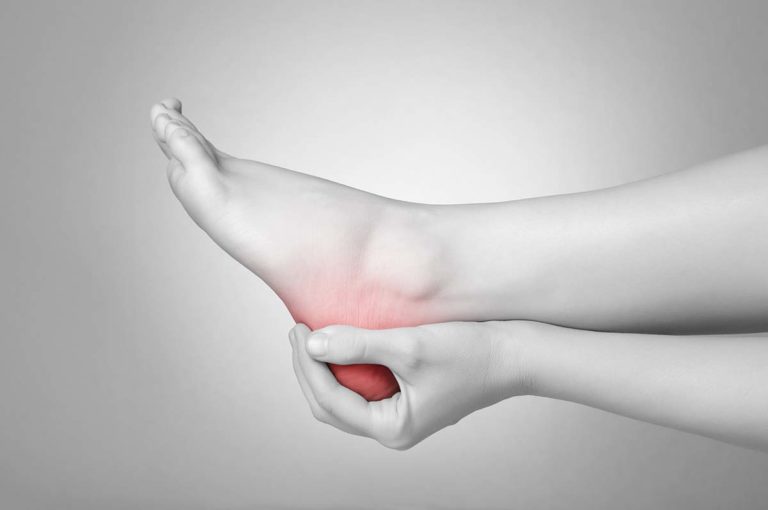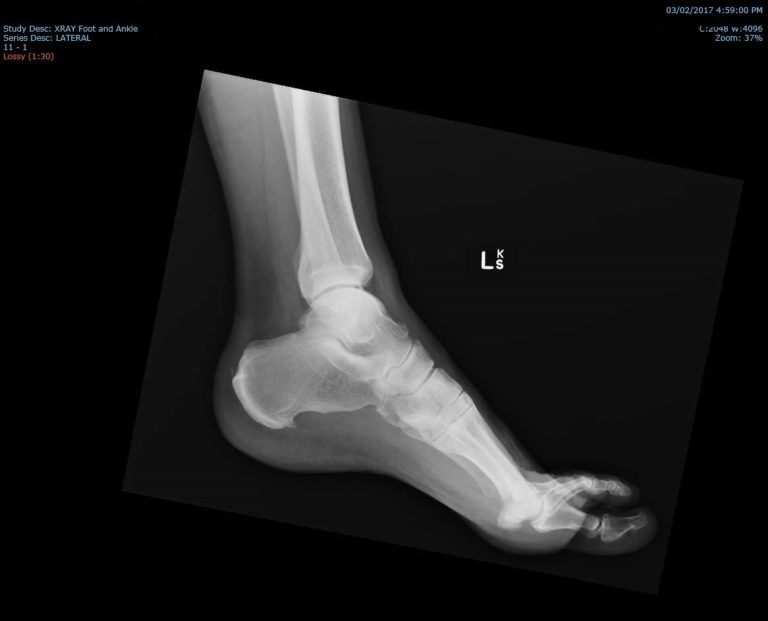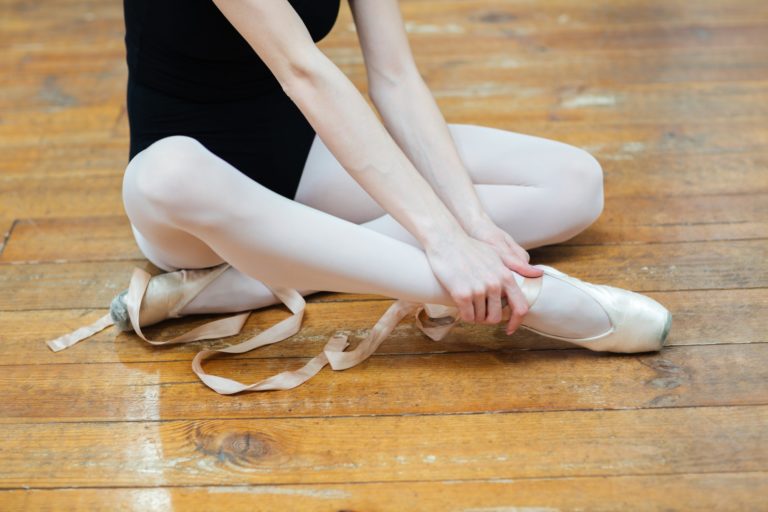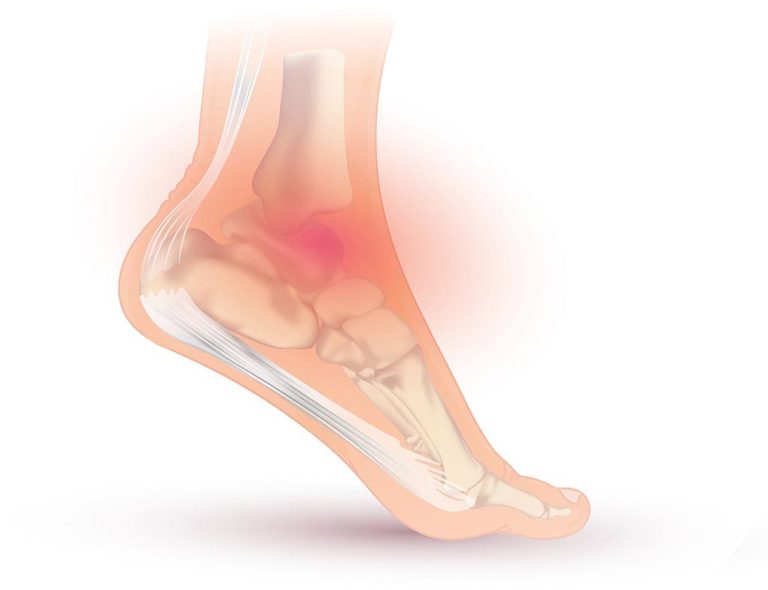Foot Orthoses
What is it?
Orthoses, or insoles, are inserts that fit inside a shoe and are designed to alter the mechanics of the feet and lower limb.
Their mechanism of action includes:
- Reducing strain and load in injured tissues
- Cushioning and redistributing pressure on the bottom of the feet
- Reducing unwanted foot motion

What does it involve?
Orthoses are based on an assessment by a podiatrist. They will take a detailed history to identify what might be causing your symptoms, undertake a clinical examination, evaluate your walking or running patterns and then produce either a customised or pre-fabricated orthotic.
They will consider:
- Your normal foot posture
- The location of your symptoms
- Potential contributing factors
- How to alleviate this with an orthotic
- Your objectives, i.e. simply walking, taking part in sport, etc.
There are two broad categories of foot orthoses (insoles).
- Functional foot orthoses (insoles) are semi-rigid to rigid devices that alter motions around the foot. They are generally made of polypropylene or carbon fibre with variations of topcovers and paddings for different indications. These orthoses are commonly used in sports and everyday use. They can be customised to fit into athletic footwear i.e. football boots.
- Accommodative foot orthoses (insoles) are typically made of softer or multiple layers of materials to cushion and redistribute pressure across the soles of the foot. They do not attempt to ‘correct’ the foot position. These are commonly prescribed to people with arthritis and diabetes. They are customised according to the shape of the individual’s foot.
Pre-fabricated insoles come in pre-made sizes i.e. XXS to XL. They typically have a standard arch profile with a heel cup that fits the general population. Common painful foot conditions may be alleviated with an appropriate pre-fabricated insole. They can be made out of soft or firm materials. They are cheaper but often less durable than customised insoles. A podiatrist may add extra wedges or padding to these insoles if indicated.
Customised insoles require a non-weight bearing or semi non-weight bearing 3-D scan or cast of the foot. A podiatrist positions the foot before the model is taken. Based on the 3-D image or cast, the podiatrist prescribes the specifications and customisations required to a orthotic laboratory. Depending on the activity level of the athlete, the wear and tear of the foot orthoses varies between individuals. Customised insoles generally have a longer lifespan than most pre-fabricated insoles and can be prescribed to fit into a wide variety of athletic footwear. Foot shapes that do not fit generic pre-fabricated insoles may also benefit from customisation instead.
What can be treated?
Many different pathologies can be treated with orthotics.
Knee
- Patello-femoral pain syndrome (PFPS)
- Quadriceps and patella tendinopathy
Lower leg
- Shin splints
Ankle and foot
- Tibialis posterior tendinopathy
- Achilles tendinopathy
- Peroneal tendinopathy
- Plantar fasciitis
- Hallux valgus/rigidus
What are the benefits, risks, and side effects?
Benefits
The benefit of orthoses are that they can help with treating your symptoms in a non-invasive manner, offloading areas under stress and redistributing these forces more evenly. They can also provide cushioning to areas if needed to enable recovery. Finally, if the foot has been injured and a particular area is not functioning normally, orthoses can help restore the function of the foot through counter pressure.
Risks / Side Effects
There are few risks or side effects associated with orthoses, but the mainstay would be discomfort while their foot and lower limb adapt to it.
What do I need to do afterwards?
It is essential to use the orthoses regularly to ensure that you gain the benefits from its use. If it initially causes some discomfort, speaking to your podiatrist and finding a way to ease into their use is helpful.
If, after sometime, the orthoses is less effective, then maybe that you need a further adjustment or update to retain the benefits.
What are the common misconceptions?
Often people search for an “ideal/correct” foot posture, but over time we have realised that there is no such thing. Of course there is a “perfectly” aligned foot, but this does not mean that your symptoms will suddenly stop. Similarly, your foot may not be “perfectly” aligned but the orthoses have improved your symptoms.
Your resultant foot alignment is not the litmus test on whether the orthoses are successful. The key with orthoses, is to use them as part of your wider treatment program, aiming to restore normal function and reducing symptoms rather than simply correcting alignment.
